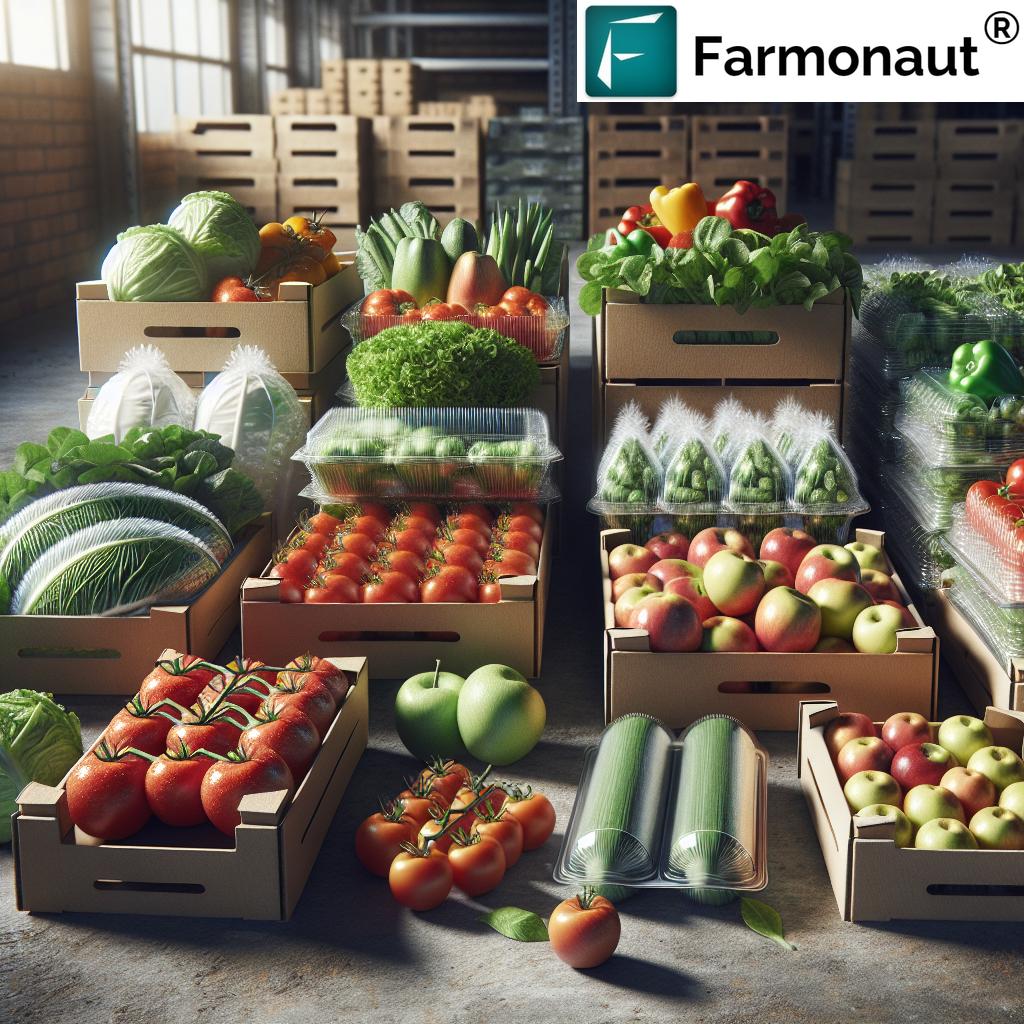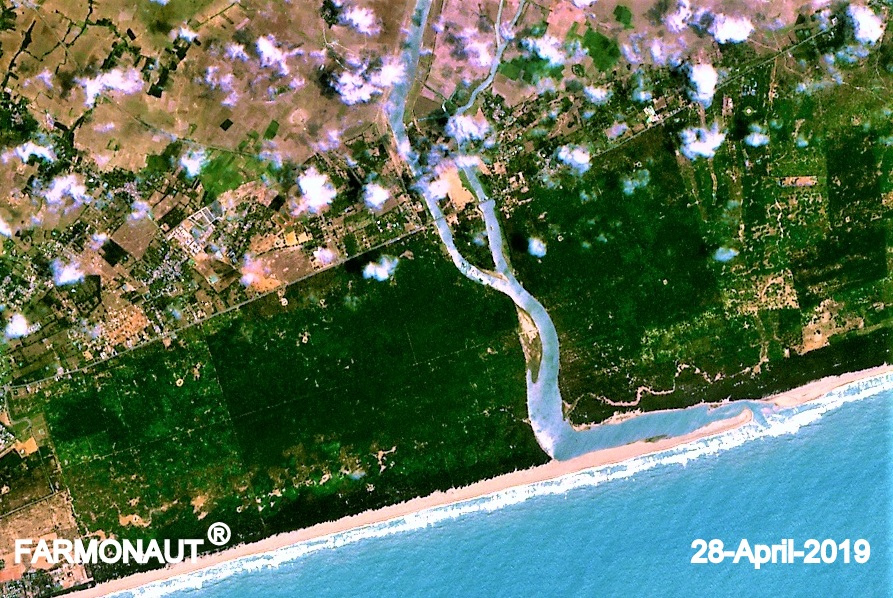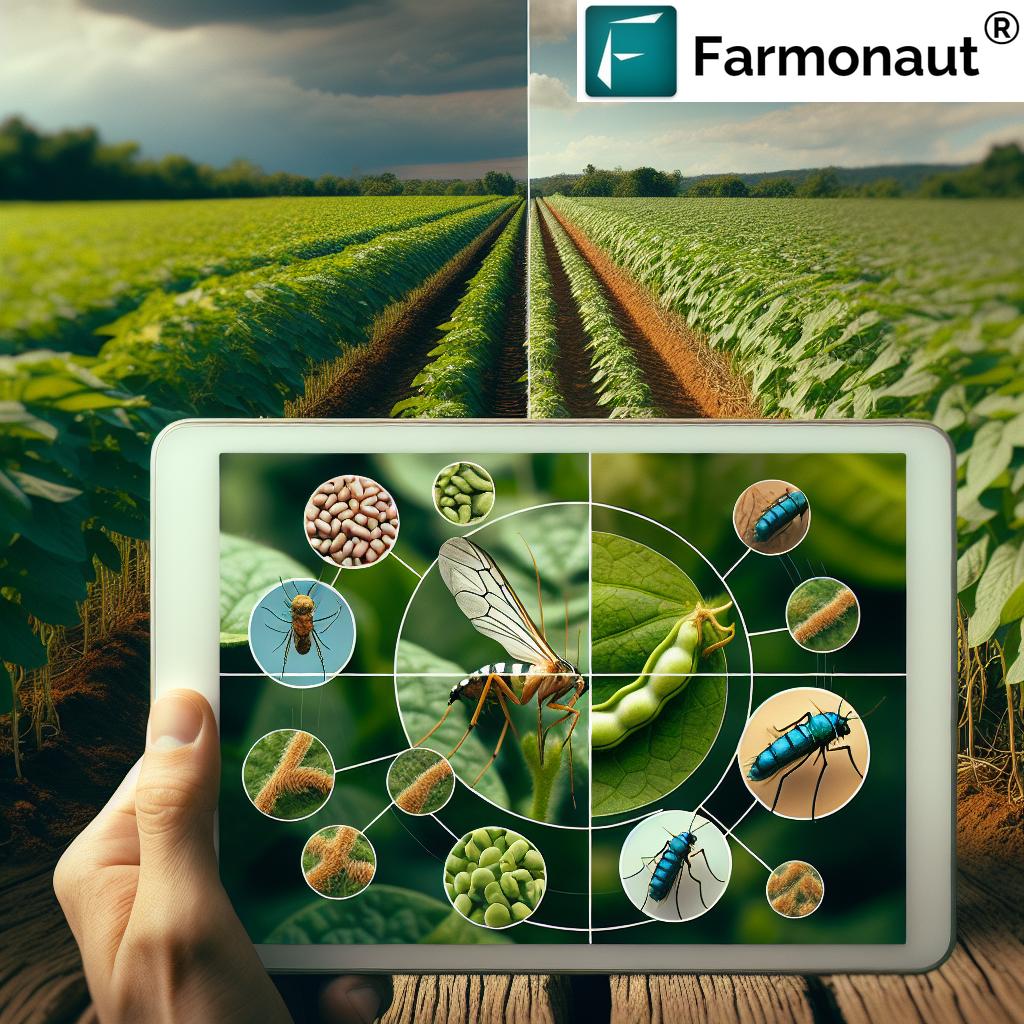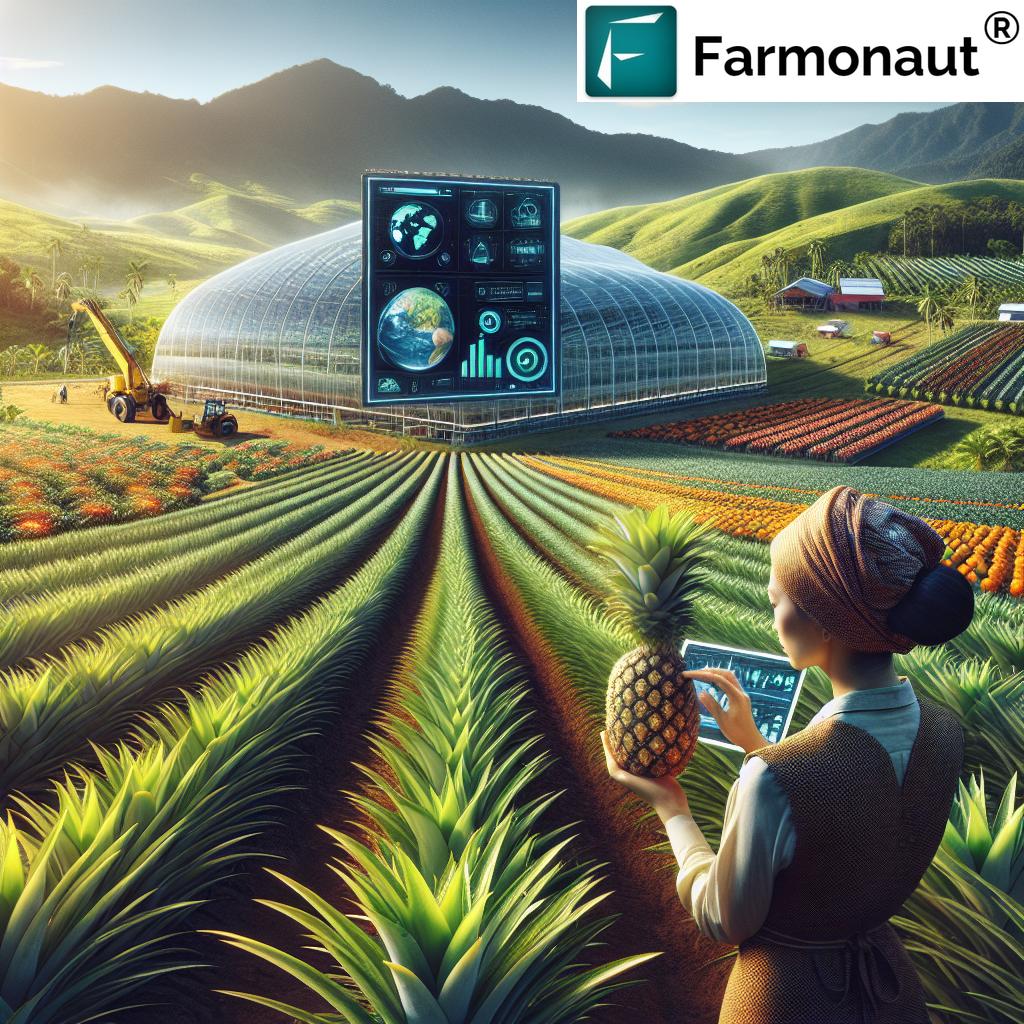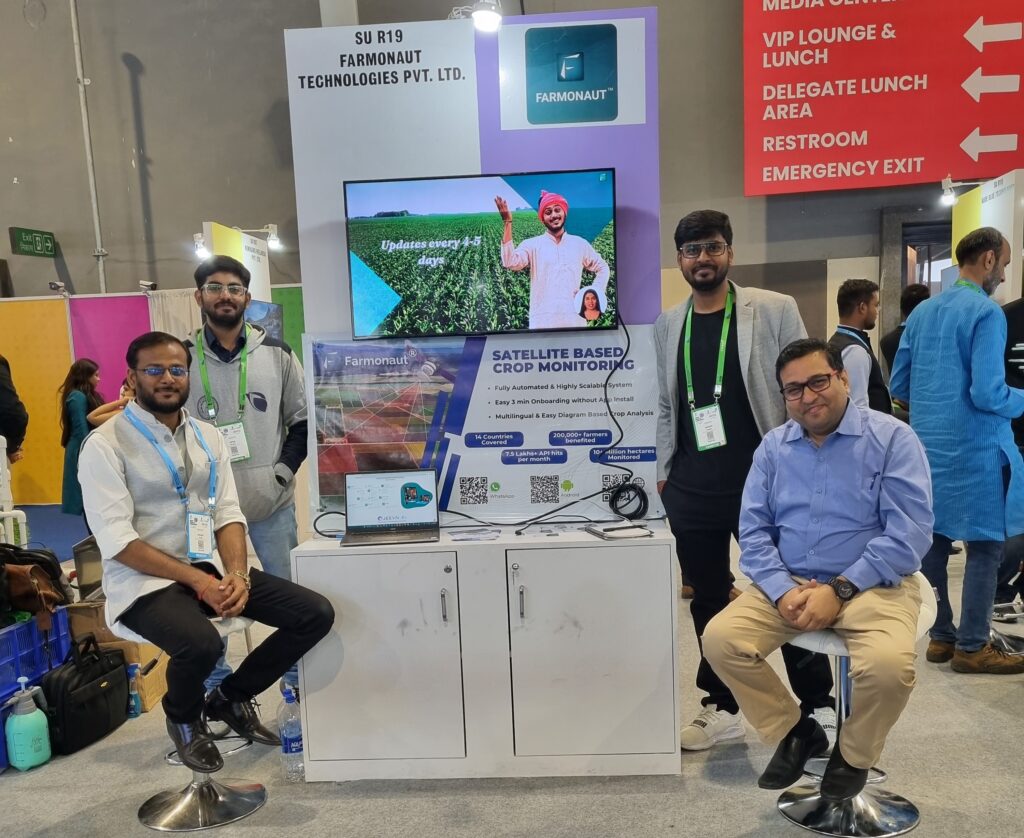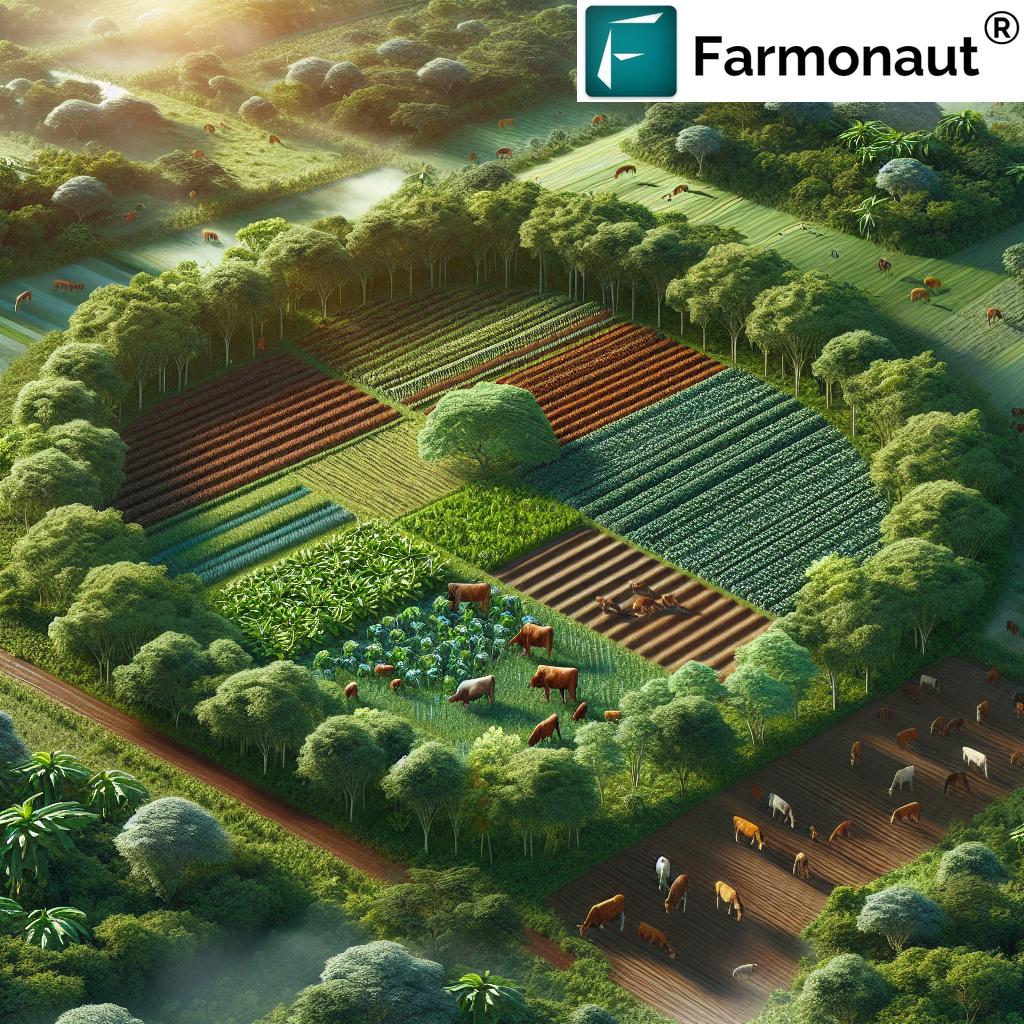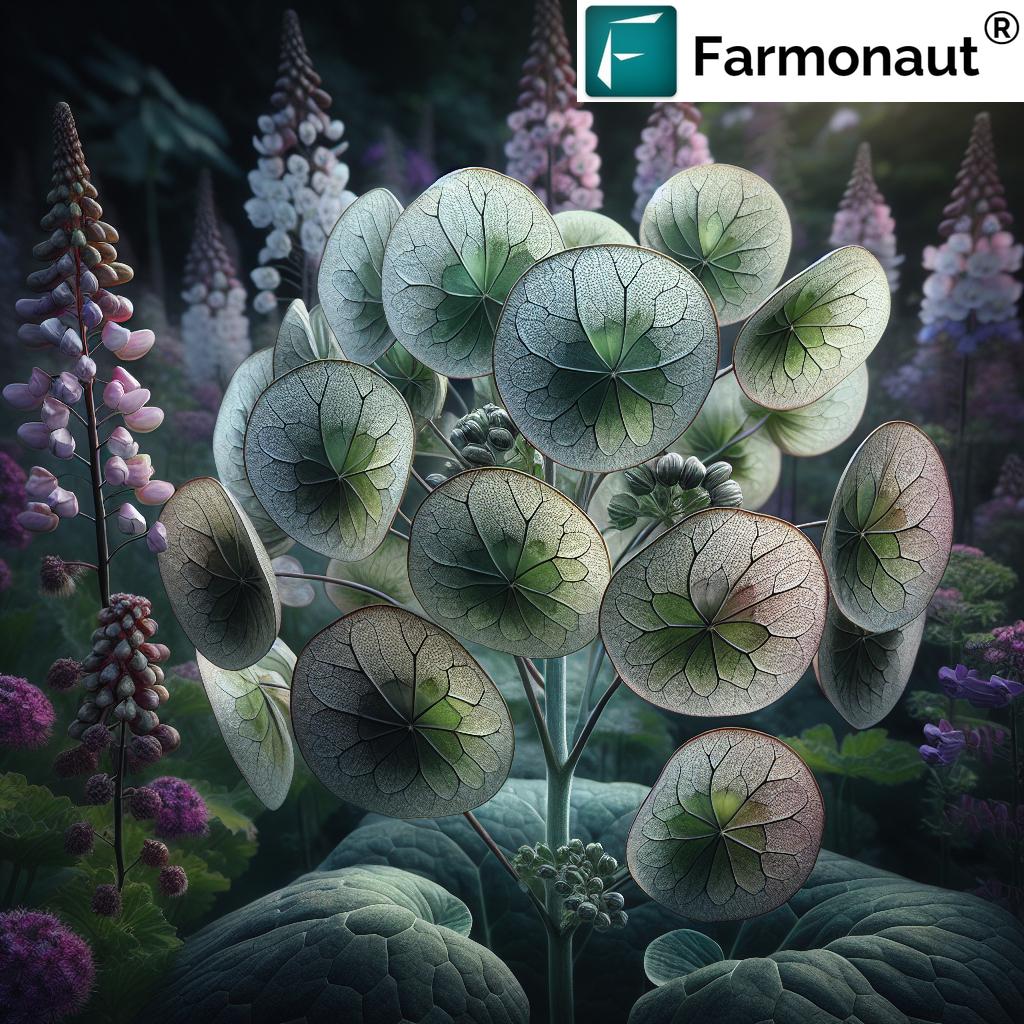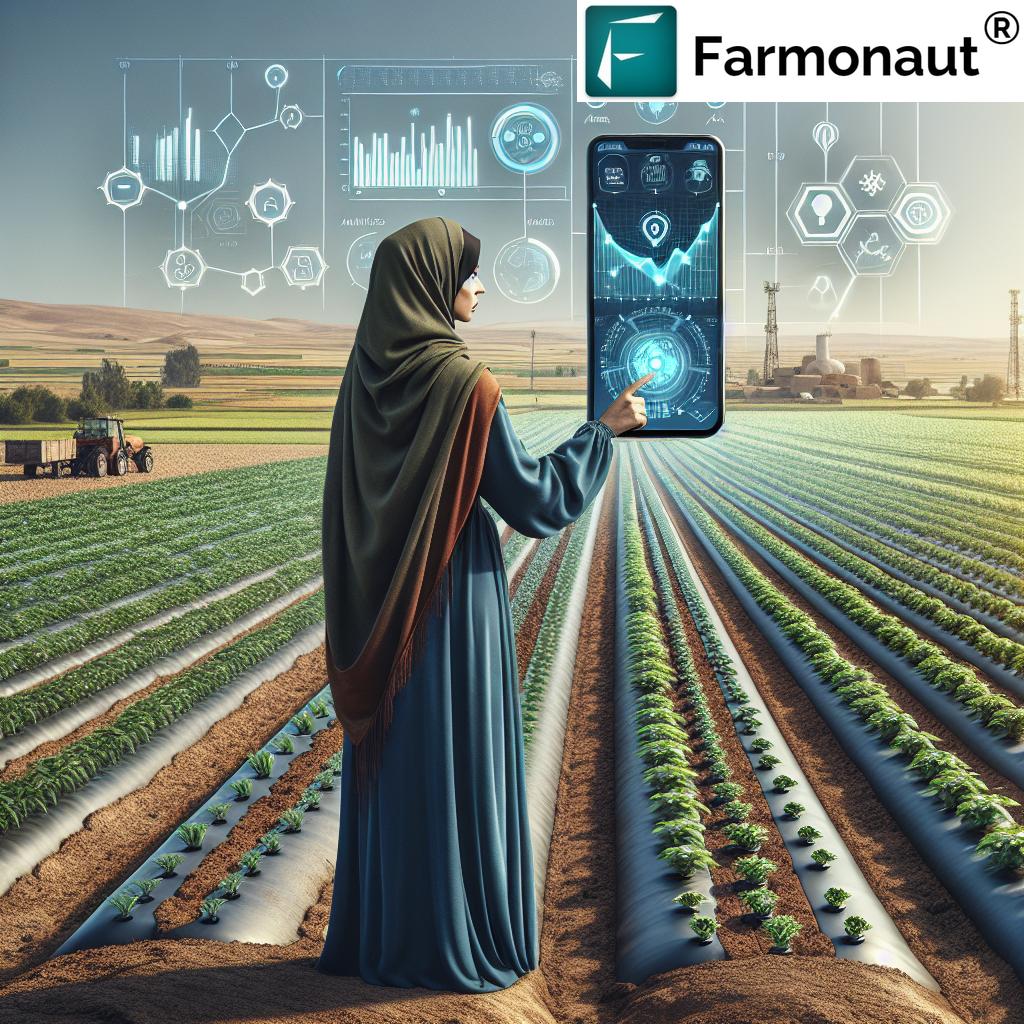Agricultural Packaging Solutions: Boost Freshness & Cut Waste
“Biodegradable packaging can reduce agricultural plastic waste by up to 60% compared to conventional materials.”
The Importance of Agricultural Packaging
Agricultural packaging is the silent guardian of the farming, forestry, and agriculture sectors. It ensures the safe, efficient, and sustainable transport and storage of crops, grains, fruits, and vegetables. Packaging is not just about containment—it’s about protecting valuable produce from mechanical damage, reducing waste, extending freshness and shelf life, and minimizing environmental impact. By choosing the right packaging materials and innovations, producers, shippers, and distributors can drastically lower food spoilage, cut plastic usage, and address the evolving demands of consumers for sustainable options.
In today’s environmentally conscious world, the agriculture industry faces mounting pressure to swap traditional materials for greener alternatives. As agriculture must scale up to feed a growing population, eco-friendly solutions that preserve product quality and reduce the massive carbon footprints of old methods are absolutely crucial. This makes sustainable agricultural packaging a linchpin in building a resilient and future-ready supply chain.
Traditional Packaging Materials in Agriculture
For decades, agricultural packaging has revolved around plastic, cardboard, and wood. Each brings unique properties for crop protection, yet also carries environmental burdens that challenge the goal of reducing agricultural packaging waste.
- Plastic Containers, Clamshells & Crates: Widely used due to their durability, versatility, moisture resistance, and lightweight nature. They are ideal for both retail and bulk transport, providing a hygienic option that can be molded into various shapes and sizes—including ventilated boxes for fruits and vegetables.
- Cardboard Boxes: Offer a lightweight, cost-effective solution for short-term storage and short-haul transport. These boxes can be recycled but may lose strength if exposed to high moisture.
- Wooden Crates: Renowned for strength and shoring up bulkier produce during long hauls. Although reusable, they are heavier, less flexible, and associated with deforestation and higher carbon footprints.
However, traditional materials often do not decompose easily. Plastic can persist for hundreds of years, and even recyclable options are not always part of a true closed-loop system. The result? Billions of tons of agricultural packaging waste that clutters landfills and pollutes water.
Sustainable Agricultural Packaging Innovations
The urgent quest for sustainable alternatives has energized the industry. Today, we see an explosion of options: biodegradable packaging materials, compostable packaging options, plant-based packaging for farming, and various modern technologies—each designed to keep produce fresh, reduce environmental harm, and meet evolving consumer standards.
Biodegradable Films and Wraps
A paradigm shift is occurring with biodegradable films and wraps crafted from cornstarch, cellulose, and other plant-based polymers. These films are strong enough for day-to-day use yet decompose within 90–180 days in natural environments. Compared to conventional plastics, they leave much less residue, cutting down waste dramatically—by as much as 60%.
- Benefits: Extends product shelf life, maintains moisture, protects against microbial spoilage.
- Ideal for: Retail packaging solutions for fruits and vegetables; wrappers for cut produce and herbs.
Manufacturers are increasingly utilizing agricultural by-products (e.g., cassava, rice husks) to create region-specific solutions, contributing to the local circular economy.
“Reusable packaging solutions can extend produce freshness by 30%, significantly lowering food spoilage rates.”
Edible Packaging: Zero-Waste Future
Imagine a world where packaging is as edible as the food it protects. Edible packaging—crafted from seaweed, rice, and food-grade bio-polymers—can be safely consumed, creating a truly zero-waste option. For instance, seaweed-based wrappers dissolve after use, leaving nothing behind.
- Benefits: Eliminates disposable waste, minimizes contamination risk, and enhances branding for eco-conscious consumers.
- Ideal for: Ready-to-eat snacks, single-serve produce.
Compostable Packaging Options
Compostable packaging goes a step further than biodegradable types. These materials—whether made from bagasse, starch, PLA, or certified papers—completely break down, returning nutrients to the soil within just months.
- Benefits: Returns organic matter to agriculture environments, reduces waste collection costs, and meets strict regulatory standards.
- Best for: Disposable trays, clamshells, seedling punnets, and market-ready produce packaging.
Plant-Based Packaging for Farming
The shift toward plant-based packaging for farming (especially cornstarch-derived plastics) offers a renewable and compostable alternative to fossil-based plastics. Common forms include shopping bags, harvest sacks, and crop-protection films. These materials decompose in natural environments, mitigating the carbon footprint and supporting a sustainable supply chain.
- Improves: Circularity and supports the bioeconomy.
- Ideal for: Short-term field use, single-use wraps, disposable liners.
Smart Packaging Solutions for Produce: Advancements in Technology
Active Packaging Technologies
Active packaging technologies take protection to the next level by incorporating components that interact with food or its surrounding atmosphere to prolong freshness. These could be antimicrobial films, oxygen scavengers, or pads that absorb ethylene gas.
- Benefits: Extends shelf life, reduces chemical preservatives, lessens food waste.
- Popular Use: Packaging for fruits and vegetables sensitive to ripening gases or moisture shifts.
Smart Packaging: Sensors, Monitors, and Real-Time Data
Smart packaging leverages integrated sensors and wireless technologies to monitor freshness, temperature, pH, and more—offering data-driven insights across the supply chain. These innovations are essential, especially as climate and transport uncertainties increase.
- How it works: Smart tags and embedded circuitry track quality metrics and relay data to producers, logistics companies, or retail partners.
- Benefits: Enables traceability, rapid corrective action, and transparency for consumers.
- Example use: Temperature-sensitive produce, meat, dairy, and export-grade shipments.
Modified Atmosphere Packaging (MAP): Extending Freshness and Reducing Waste
MAP—or modified atmosphere packaging—is revolutionizing how perishable goods are protected during transport and storage. By altering the composition of gases around produce (lowering O2, increasing CO2, or tweaking humidity), MAP slows the respiration rate and decay of agricultural goods, particularly fruits and vegetables.
- Applications: Sea freight of high-value crops such as melons (from Central/South America to Europe), berries, and leafy greens.
- Benefits: Extends shelf life by up to several weeks, reduces spoilage, increases shipping range, and maintains quality even on long journeys.
MAP works by utilizing highly specialized films that permit only certain gases to pass, maintaining an optimized internal atmosphere. This is a perfect example of how packaging is no longer passive but becomes an integral part of product preservation.
Reusable Packaging for Agriculture: Reducing Agricultural Packaging Waste
Reusable packaging for agriculture like IFCO’s Reusable Plastic Containers (RPCs) are transforming the supply chain into a circular system, addressing the root causes of single-use waste.
- Stackable containers: Strong, nestable, and space-efficient for shipping and warehouse storage.
- Return & reuse model: Containers are collected after delivery, sanitized, and reintroduced into circulation—making each container valuable for hundreds of cycles.
- Benefits: Extends freshness (by preventing bruising and improving airflow), slashes landfill waste, and provides vast reductions in overall environmental impact.
This model also promotes a circular economy, closing the loop between harvest, retail, and return logistics—a crucial aspect of sustainable agricultural packaging.
Packaging Solutions for Exported Agricultural Products
International shipments expose agricultural products to lengthy journeys and fluctuating conditions. Here, tailored packaging becomes non-negotiable for ensuring effective storage and transport:
-
Controlled Atmosphere Packaging (CAP):
Keeps gases finely tuned to slow spoilage and ensure freshness—vital for long-haul exports. -
Vacuum Sealing:
Removes oxygen to prevent oxidation and microbial growth, extending shelf life. -
Temperature-Controlled Containers:
Maintain a constant temperature throughout transport, ensuring perishable goods maintain quality and food-safety standards. -
Moisture-Resistant Packaging:
Especially important for grains and dried fruit, this protects against ambient humidity, preventing clumping, pests, or mold.
By combining these solutions with advancements like active and smart packaging, exporters can deliver products that arrive fresh, undamaged, and compliant with international standards.
Tailored Packaging Solutions for Fruits, Vegetables, Grains, and Bulk Products
Every crop, seed, and commodity demands a customized packaging solution that reflects its sensitivity and value.
-
Fruits and Vegetables:
Require ventilated containers, breathable films, and anti-bruise liners. Ventilated boxes, mesh bags, and perforated clamshells preserve freshness by allowing gas exchange—reducing spoilage risk in temperature-controlled shipments. -
Seeds and Grains:
Sensitive to moisture and pests; require sealed, dustproof, and moisture-resistant packaging like laminated sacks or vacuum pouches. This approach ensures product quality during transport and extended storage. -
Bulk Products:
Animal feed, fertilizers, and raw commodities are protected using robust quad-seal bags, sacks with high tensile strength, and big bags designed for loading and unloading efficiency. Such packaging options minimize spillage and mechanical damage.
Regulatory & Consumer Considerations in Agricultural Packaging
The transition to sustainable agricultural packaging is fueled not just by environmental ethics, but also by strict regulations and shifting consumer preferences:
-
Food Safety Standards:
Packaging must keep products safe, non-toxic, and uncontaminated throughout their lifecycle. -
Environmental Regulations:
Many regions ban single-use plastics and promote compostable or biodegradable standards—spurring innovations and the adoption of cleaner alternatives. -
Consumer Demand:
Today’s shoppers expect clear labelling, traceability, and visible commitment to sustainability. Retailers and packers are rethinking their choices to secure consumer trust.
Brands able to integrate traceability into their packaging—such as with blockchain or QR coding—stand out to modern, ethically minded buyers. Read more about blockchain-powered product traceability and building confidence within agricultural supply chains.
Additionally, advanced climate and carbon tracking within the Farmonaut Carbon Footprinting platform allows agribusinesses to monitor packaging lifecycle and emissions, supporting compliance and sustainability goals at every step.
Farmonaut & Data-Driven Sustainable Practices
At Farmonaut, we believe that precision agriculture and smart resource management form the bedrock of sustainability. Our platform helps farmers, agribusinesses, and policymakers pinpoint where and how waste occurs, connect these insights with packaging choices, and integrate the right technologies for optimum product quality and minimum loss.
Here’s how our solutions align with modern agricultural packaging:
-
Satellite-Driven Crop Health Monitoring:
We use multispectral satellite imagery and advanced algorithms to spot risks early, informing harvest timing and ideal packaging choices to minimize transit spoilage. -
AI-Powered Advisory Systems:
Our Jeevn AI tool provides updates on weather, crop stress, and disease risks, allowing for better synchrony between harvest and packaging. -
Blockchain-Based Product Traceability:
We enable a transparent, tamper-proof journey from “farm to fork,” with packaging solutions that carry digital product identity. -
Carbon Footprinting:
Farmonaut’s carbon tracking helps quantify the environmental benefits of new packaging materials and guides sustainable choices.
Our service is accessible worldwide via web, Android, iOS, and API—making it easy for anyone to bring technology-powered sustainability to agricultural operations.
Explore resource optimization and logistics for agricultural fleets with Farmonaut’s fleet management—crucial for reducing transport emissions and maximizing the life and efficiency of reusable agricultural packaging.
Ready to track your farm from space, reduce your carbon output, and create a transparent and sustainable operation?
Try the Farmonaut Platform today:
Want to integrate real-time satellite and weather insights into your packaging or farm operation workflow? Check out our Farmonaut API and read our API developer documentation for custom implementations.
Comparative Table: Sustainable Agricultural Packaging Solutions
| Packaging Solution | Material Type | Freshness Durability Estimate | Waste Reduction Potential | Biodegradability/Compostability | Environmental Impact Score |
|---|---|---|---|---|---|
| Biodegradable Film | Cornstarch/Cellulose-Based Polymer | Extends shelf life by 5–7 days | ~60% less vs. conventional plastics | Fully degrades in 90–180 days (industrial compost) | 4.2/5 (substantial CO₂ reduction, less microplastics) |
| Compostable Tray | Bagasse (sugarcane fiber) | Protects during short-term transit | 30% less landfill waste | Home compostable within 120 days | 4/5 (high renewable content) |
| Reusable Plastic Crate | Heavy-duty Polypropylene (rPET possible) | Reduces damage; preserves freshness 30% longer | Reduces single-use waste by 80–90% | Not biodegradable, but up to 100% reusable/recyclable | 4.5/5 (massive lifecycle resource savings) |
| Edible Coating or Wrapper | Seaweed/Rice Starch | Maintains cut fruit & snack produce 2–4 days | Virtually zero packaging waste | Safe to eat; dissolves naturally | 5/5 (zero-waste potential) |
| Active Packaging | Antimicrobial/Absorbent Pads (Bio-based Polymers) | Slows spoilage, extends shelf life by 25–40% | Reduces food waste at retail by 25% | Pads: compostable; some films: recyclable | 4.3/5 (targets food loss) |
| Smart Packaging with IoT Sensor | Bio-polymer + electronics | Alerts on spoilage/temperature; variable benefit | Up to 20–30% reduction in lost/damaged stock | Electronics not yet compostable; packaging may be | 3.9/5 (saves resources, but tech needs recycling) |
FAQs About Agricultural Packaging Solutions
What are the main drivers of innovation in agricultural packaging?
Rising consumer demand for sustainable products, stricter environmental regulations, food safety needs, and the desire to cut agricultural waste all drive rapid innovation. The shift from plastic to plant-based and compostable materials is at the heart of these advancements.
What packaging materials are best for prolonging fruit and vegetable freshness?
For fruits and vegetables, ventilated containers, breathable films (such as those made from cornstarch or cellulose), and modified atmosphere packaging are ideal. These allow optimal gas exchange, retain moisture, and slow natural spoilage processes.
Are biodegradable packaging materials commercially available and affordable?
Yes, both biodegradable and compostable packaging are increasingly available, and prices are dropping as production scales up. While still sometimes pricier than conventional plastics, their environmental and regulatory benefits often offset costs in the long term.
How can smart packaging benefit the agriculture sector?
Smart packaging integrates sensors that monitor freshness, pH, temperature, and humidity, sending real-time data to producers—enabling rapid intervention, reducing losses, and ensuring only high-quality produce reaches the market.
Is reusable agricultural packaging feasible for small farms?
Absolutely! While reusable crates are widely used by wholesalers, smaller farms benefit from shared pooling systems, lightweight mini-crates, or rental services that minimize upfront costs and environmental impact.
How does Farmonaut support sustainability in packaging and logistics?
We empower clients to make data-driven decisions on harvest, storage, and transport. Through real-time crop health analytics, blockchain product traceability, and carbon footprinting, we align field outcomes with the most sustainable packaging and distribution methods. Learn more on our Large-Scale Farm Management platform.
What are emerging trends in agricultural packaging?
Top trends include the rise of active and intelligent packaging, increased use of locally sourced bio-materials, and the growing role of traceability in connecting packaging with digital supply chains.
Farmonaut Subscriptions
Looking for scalable, affordable access to satellite-driven crop monitoring, carbon tracking, blockchain traceability, and advanced advisory for your farm or agribusiness? Choose a Farmonaut subscription plan that best fits your operation.
Conclusion
The future of agriculture rests on robust, sustainable agricultural packaging—solutions that shield against damage, boost freshness, slash waste, and reduce our collective ecological footprints. Whether fields in the heartlands or export-bound produce crossing continents, innovative advances in biodegradable packaging materials, reusable containers, plant-based packaging, smart monitoring, and active packaging technologies are rewriting the rules of produce protection. The integration of data-driven, technology-enabled practices—such as those offered via the Farmonaut platform—ensures agriculture remains efficient, transparent, and environmentally responsible.
Align your operations with tomorrow’s supply chain. Adopt sustainable agricultural packaging that delivers value from soil to shelf and join us in reducing the environmental burden of food production—one innovation, one package at a time.
Ready to transform your agricultural ecosystem? Start with Farmonaut today.


